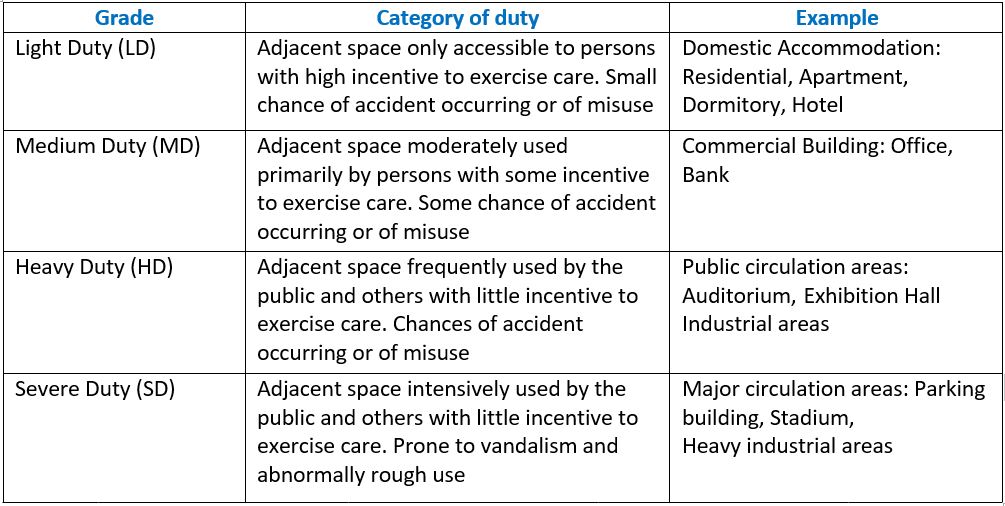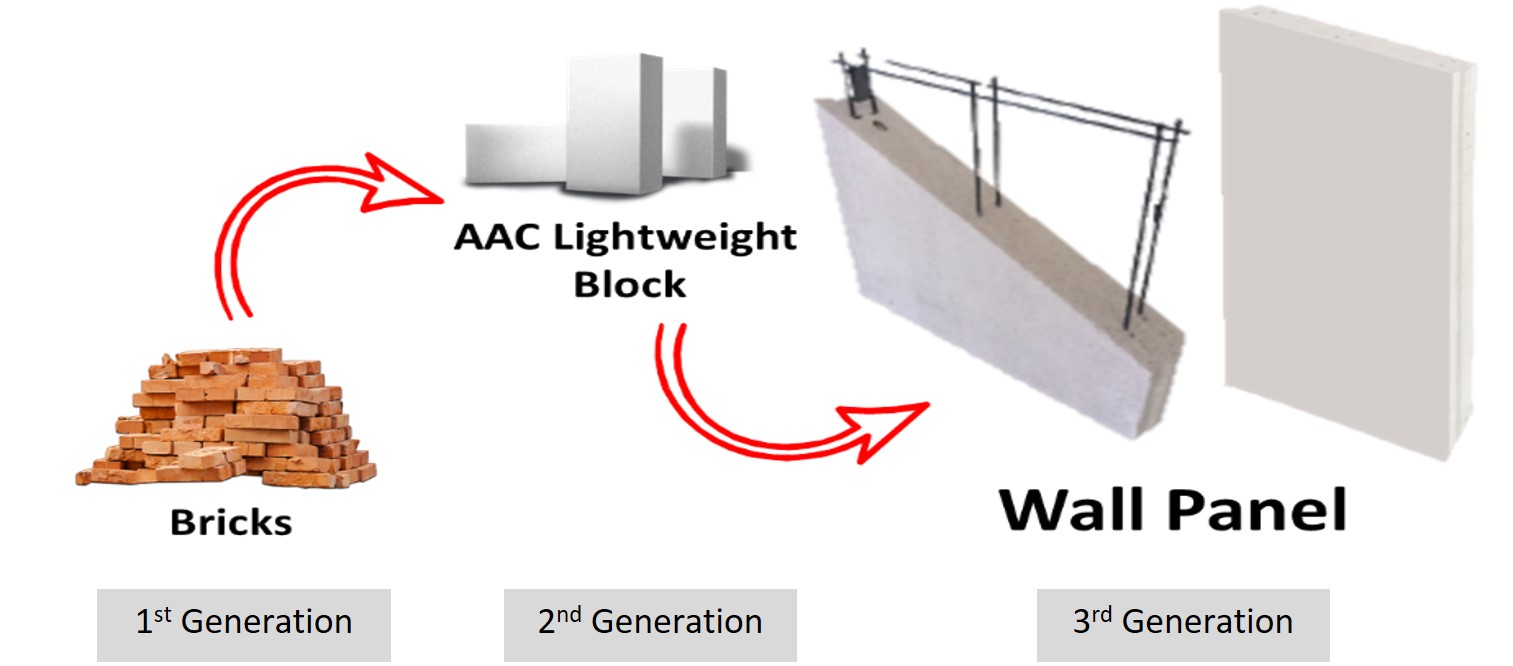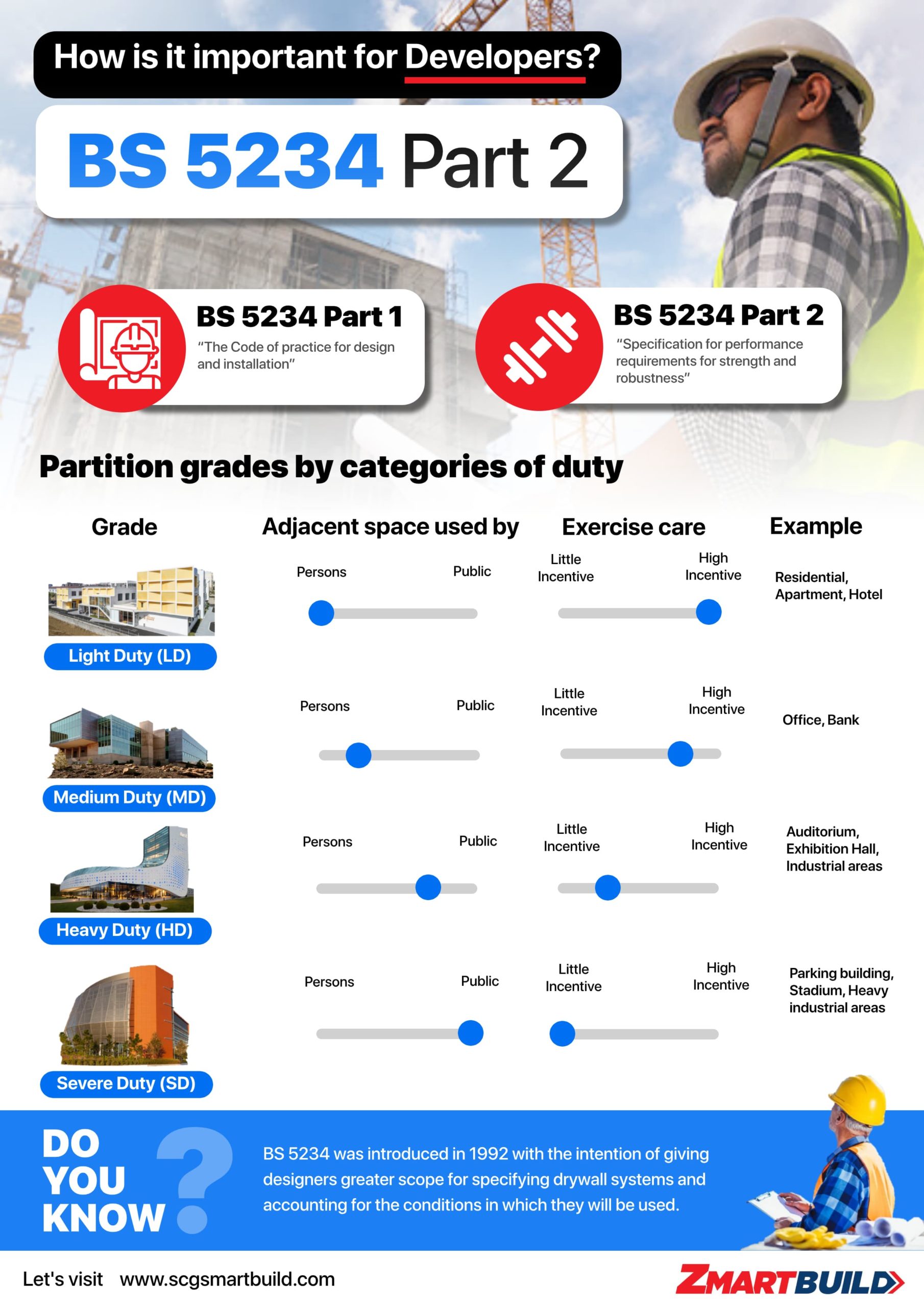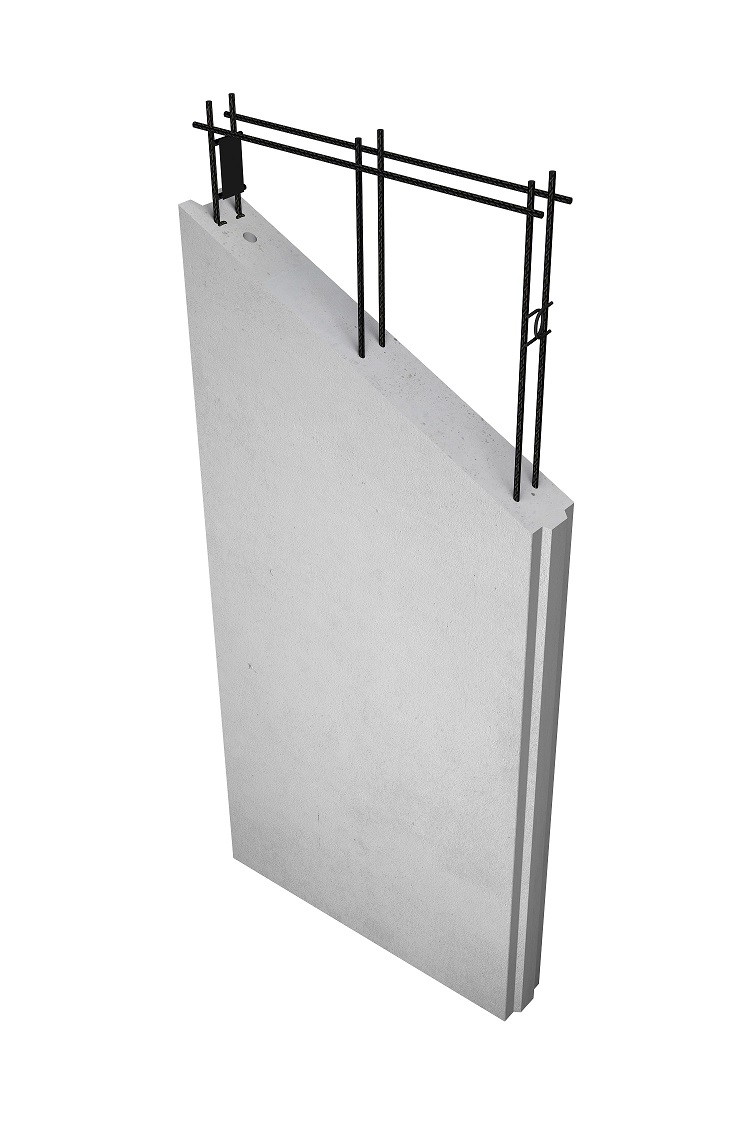When we talk to designers, architects or PMC’s about strength and robustness of drywall partitions they invariably make the assumption that we are talking purely about impact resistance. An assumption made without realizing and usually without knowing that there are other elements that should also be considered.
BS 5234 was introduced in 1992 with the intention of giving designers greater scope for specifying drywall systems and accounting for the conditions in which they will be used. But it is a much misunderstood Standard as we explains.
The arrival of BS 5234 meant that designers could now choose systems suitable for a range of uses. A partition constructed in a domestic dwelling will have very different usage requirements to one built in a school or public circulation area. And the Standard set out to make this clear and offer a method for selecting which option should be used in a given application.
BS 5234 is British Standard that has been prepared under the direction of the General Building Codes Technical Committee (B/209).We will bring you to learn about BS 5234 Part 2 – 1992 in full details. The details of BS 5234 Part 2 will be categorized into chapters.Chapter 1 will be the introduction of BS 5234 Part 2 and the division of Partition Grades by categories of duty.
Partition grades by categories of duty
Firstly, BS 5234 Part 1 will refer to the Code of practice for design and installation. Types of partition are defined and the functions and properties to be considered are given regardless of the material from which they are made. Grades of partition are given related to their strength and robustness. Recommendations for ensuring that the design is realized on site and maintained after completion are given.
For BS 5234 Part 2 – 1992 Partitions (including matching linings). Specification for performance requirements for strength and robustness including methods of test which the partition tested and classified will be non-load bearing partition.
Tideline partitions must withstand a range of dynamic and static loadings. To keep things simple, the relevant British Standard (BS 5234) defines four ratings of strength (or duty). They are:

Testing methods according to BS 5234 Part2
It uses a method which consists of separating the basic ‘stiffness’ of a wall (the only real criterion for selecting a system in the ‘old’ way) from its resistance to dynamic impact from furniture, trolleys, human interaction, etc. By assessing and combining the capability of the wall to withstand these different conditions a designer could specify more accurately what they needed.
The Standard also brings in other practical factors such as shelf loadings, door slams, sanitary ware fixings, etc, where required (though these are often overlooked).
To achieve a particular strength grade, the partition system must satisfy seven annexes as below. Essential performance criteria by testing to BS 5234 Part 2. Strength performance must be substantiated based on test reports from laboratories accredited by the United Kingdom Accreditation Service (UKAS) for testing to BS 5234 Part 2.
1.Partition Stiffness
2.Small Hard Body Impact
3.Large Soft Body Impact
4.Door Slamming
5.Crowd Pressure
6.Light Weight Anchorages
7.Heavy Weight Anchorages
The result of the testing methods no.1-4 will be divided according to the grade level. In other words, the classification of the grade level depends on the breakage resistance as per above table.
Rest testing methods, no.5-7, are the testing methods for the efficiency of the partitions. It means that the test result must pass the standard without any breakage or abnormality from the test requirement.
BS 5234 Part2 In Conclusion
If you look at the objective of this British Standard, grading partition will be considered from the characteristics of usage and maintenance of partition for individual users of those partitions. Therefore the designing according to the British Standard must be taken into consideration.
From the information of the above aforementioned table, it will make the project owner and the relevant parties become aware of the grade level of the strength of the partition. When you ask for the test result of BS 5234 Part 2, it will help you expedite the decision making process to use the suitable types of material according to the characteristics of the required work.
SCG Group from Thailand introduces – Zmartbuild Wall Panel to India market. It is the 3rd generation of wall material which helps project to save overall cost, faster construction by 4 times than traditional AAC Block wall and reduce chances of wall crack due to shrinkage. Our Zmartbuild Wall Panel is trusted quality product which is proved by over 3,068 projects around the world including mega projects in Thailand like Siam Paragon, Luxury shopping mall and Terminal 21 Korat, etc.
SCG – Zmartbuild Wall Panel compliance the Sever duty test according to BS 5234 Part 2 – 1992 from AIT – Asian Institute of Technology. This is a suitable product to construct a wall from domestic to heavy industrial applications. And the partition work of other types of buildings which requires partition grade at the level lower than the residential buildings.
So we are pleased to be the trustworthy manufacture who brings the good quality and innovative products to India market. Do not hesitate to contact us if you need more information.






